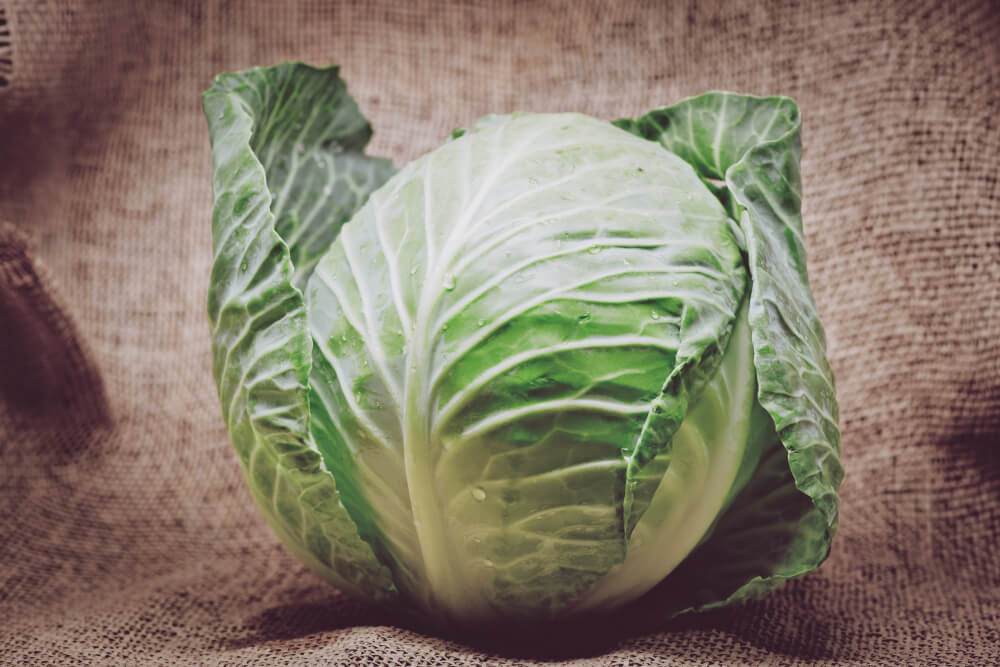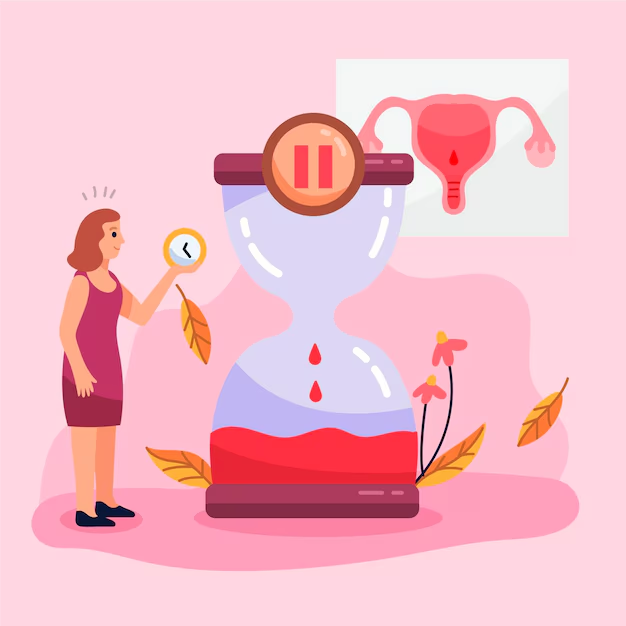Managing hair fall naturally

Hair fall during your menstrual cycle is more common than you might think. Hormonal fluctuations, particularly the dip in estrogen and rise in progesterone, can influence the health of your hair. For many women, hair feels drier, falls out more easily, or becomes oilier during certain phases of their cycle. While it’s a temporary change, it can be frustrating. The good news? There are natural ways to manage hair fall and keep your locks healthy all month long.
Why Does Hair Fall Increase During Periods?
Hormonal changes affect your scalp and hair follicles. Just before and during menstruation, estrogen levels drop, which can lead to:
-
Weakened hair roots
-
Increased scalp oil production
-
A rise in cortisol (stress hormone) levels
-
Dehydration or poor nutrient absorption due to PMS symptoms
Tracking your menstrual cycle helps identify when these changes occur so you can adjust your care routine accordingly.
6 Natural Ways to Manage Hair Fall During Your Period
1. Nourish From Within: Eat Hair-Healthy Foods
Your diet has a direct effect on hair health. During your period, focus on:
-
Iron-rich foods (spinach, beetroot, lentils) to combat menstrual blood loss
-
Omega-3 fatty acids (flaxseeds, walnuts, fish) to strengthen follicles
-
Biotin and protein (eggs, yogurt, almonds) for hair growth support
Pro Tip: Keep yourself hydrated and include fruits rich in Vitamin C to improve iron absorption.
2. Scalp Massage With Natural Oils
A gentle scalp massage increases blood circulation and reduces stress-related hair fall. Try:
-
Coconut oil for hydration and strength
-
Castor oil for stimulating growth
-
Rosemary or lavender essential oils for calming the scalp
Massage your scalp in circular motions before bedtime, especially during PMS and menstrual days.
3. Go Easy on Heat and Styling
Your hair may be more prone to breakage during your period due to temporary hormonal imbalances. Avoid:
-
Frequent heat styling (straighteners, curling irons)
-
Tight hairstyles that pull at the roots
-
Over-washing, which strips natural oils
Instead, let your hair air dry and go for loose braids or buns.
4. Use Gentle, Natural Hair Products
Switch to sulfate-free, mild shampoos and conditioners with natural ingredients. Look for:
-
Aloe vera for soothing the scalp
-
Hibiscus and amla for strengthening roots
-
Tea tree oil to reduce any hormonal acne that affects the scalp
Avoid products with harsh chemicals, which can further irritate sensitive skin and hair during your cycle.
5. Manage Stress With Cycle-Syncing Activities
Stress is a key trigger for hair fall, especially during the luteal and menstrual phases. Practice:
-
Yoga and deep breathing to calm the nervous system
-
Journaling or meditation to reduce PMS-related anxiety
-
Light walks or stretching to improve blood flow to the scalp
Reducing stress supports hormone balance and reduces cortisol-driven hair fall.
6. Track Your Cycle and Adjust Care Accordingly
Each phase of your cycle affects your hair differently:
-
Follicular phase (after period): Hair feels fresh and voluminous
-
Ovulation: Hair is at its best – shiny and strong
-
Luteal phase: Oiliness and dandruff may increase
-
Menstrual phase: Hair fall and dryness are more noticeable
By tracking your menstrual cycle, you can anticipate these changes and tweak your hair care routine to match your body's needs.
Final Thoughts
Managing hair fall during your period doesn’t require expensive treatments. A little awareness, the right diet, gentle care, and natural remedies go a long way. Remember, your body is working hard every month—be kind to it. With consistent, cycle-synced care, your hair can stay strong and beautiful, no matter the time of the month.
Related Articles

Baby development at 30 weeks

Managing infections or discomfort

Planning lighter tasks during low-energy days

Exploring non-sexual intimacy

Miscarriage Myths and Facts: First Trimester Risks

Signs of PMS-related anxiety

Early signs of pregnancy

Skincare for stretch marks